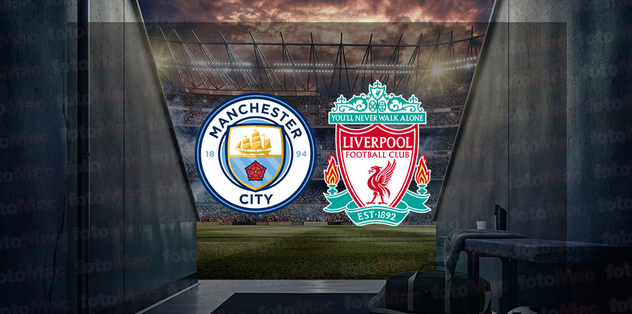The broadest audience knows gallerist Sofie Van de Velde mainly from the Play 4 program Pieces of People. She emerges as the only buyer who takes both her profession and the sellers seriously: one of her colleagues treats the participants like toddlers (*cough*Paul de Grande *cough*), another (you, for example, Carlo Bonte! ) has never outgrown the pap school in his personal appearance and humor. But not Van de Velde. She may be a grande dame in the art world that is all too often perceived as hermetic, but thanks to her background in special youth care, she also knows very well what it is to be a human being among other people. It is no coincidence that the very first fragment she chose was related to that ‘first’ professional life she led. “Immediately get into it,” she said. Say that.
Which fragment stuck with you the most?
Because that first fragment of footage was also the one that is most difficult to forget: there may not be a single viewer of this Elvis Only episode for whom the fragment from the Dutch documentary Alicia did not stay with him the longest. The camera focuses on nine-year-old Alicia, who was placed in a home when she was one year old and was still there at the age of nine, waiting to be placed with a foster family. The viewer is immediately introduced to a child who should still be playing with dolls, but is instead a barrel of anger.
Maasja Oom’s 2017 documentary wanted to portray the powerlessness of special youth care by zooming in on this one very poignant case. A powerlessness that Van de Velde knows well, she said: in her first career as a care provider, she worked for twenty years mainly in disadvantaged neighborhoods, where successes are scarce due to the multiple problems that young people often face, and the disappointments for the therefore quickly accumulate. Perhaps social work is not an obvious profession for someone who – as Van de Velde also admitted about herself – has an impatient nature, but it was something that called her, she said. Perhaps that was the most underestimated boost of the entire evening: a person can hear multiple callings during their time on earth.
What’s the most surprising thing we learned about the guest?
During an excerpt from a live duet from 1985, in which country singers Dolly Parton and Kenny Rogers together performed the song We’ve got tonight (which Rogers had previously recorded with Sheena Easton), the conversation briefly lingered on the connection between herself and Parton , who also had to make it in a patriarchal world. But Van de Velde dismissed that with “Yes, that (parallel) is okay.” But Parton’s music was played a lot at the Van de Velde home, especially in family settings, and the conversation soon turned to the theme of family.
As Van de Velde described her childhood, it seems as if she grew up in a family from a John Irving novel: warm but atypical, with mother and father (art pope Ronny Van de Velde) who took the children on the boat to London to to go to safe houses while she herself thought that perhaps she should be in school. She talked about how she acquired a sense of elegance and the ability to put things into perspective from home, and how emotions were discussed through art. About how she ended up through the well-known waterfall into vocational education, and how she also experienced the stinging stigma – until early in her career, when she was still afraid that she would be ‘caught’ as someone who left the vocational field. came.
About the fact that she started living on her own at a relatively young age, but had a room in her own home for her much younger brother, who came to stay with her most weekends. Later in the conversation, she said that thanks to the warm family life in which she grew up, she has become good at “asking people for help when needed.” And a tragedy that she recently experienced – the sudden death of her younger brother – was also briefly discussed. “Fuck, right?”, said presenter Thomas Vanderveken very rightly. “Life.”
Which fragment was the most unexpected?
With a clip from the Netflix documentary Lewis Capaldi: How I’m Feeling Now (2023), the conversation returned to the theme of mental health. But this time we delved into the psyche of the artist, who constantly has to compromise between finding peace and being stimulated. It is a state of being that she, as a gallerist, also knows: she talked about how consuming artistic pressure can be, and how she also helps to care for her artists in that area.
In the specific fragment, she pointed out the intervention of Lewis Capaldi’s manager as a best practice: at a moment when the singer-songwriter seemed to be really in trouble, he urged him to put on the brakes, although that was businesslike. might not have been the best decision. But hey, what’s more important of course?
Which fragments were we missing?
The conversation in this Only Elvis Remains Existence regularly cycled from people to art and back. The second theme was also more than adequately covered: art, for example, was put forward as a way to speak about “what is difficult to talk about”, and “a means of connecting people”. Perhaps the ultimately deleted fragment about Panamarenko would have added a nice finishing touch. A certain Jan Fabre was also mentioned briefly, and then this viewer was struck by the thought that Van de Velde could also have said something meaningful about how the artistically successful artist can be seen separately from the human failing human being. But an hour and a half is short, and the clock is – like life, sometimes – inexorable.
Also read
2023-11-25 09:18:09
#striking #moments #Elvis #Remains #Existing #Sofie #Van #Velde


